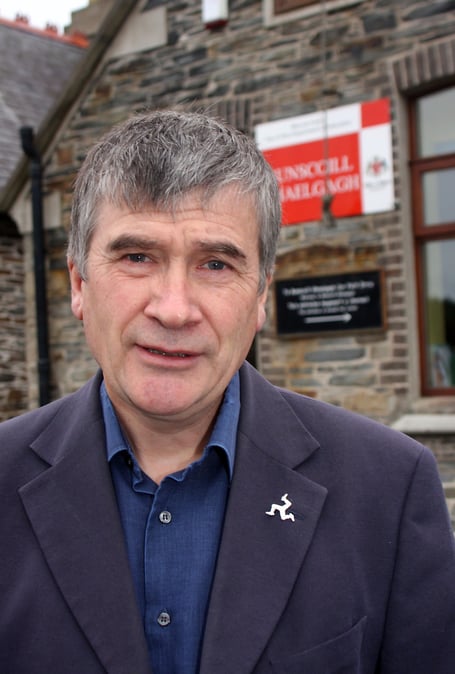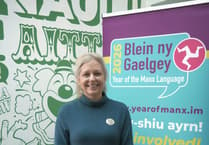The New York Times has shared the extraordinary story of the revival of the Manx language with its millions of readers across the world.
Focusing on the teachers and parents of Bunscoill Ghaelgagh, the article looks at the rebirth of the Manx language after UNESCO declared it extinct.
When the United Nations body made that call, students from the island wrote to its members, in Manx, which went a long way to convincing them to categorise Manx as a ‘revitalised’ language.
The New York Times reported: ‘On a recent visit to Bunscoill Ghaelgagh, the evidence that Manx was still very much in use was everywhere.
‘Two girls drawing a clock in chalk on the schoolyard pavement counted off one, two, three in Manx: nane, jees, tree. A sign hanging over a tidy row of lunchboxes gave the days of the week in Manx. In a nearby classroom, a teacher delivered a geography lesson in Manx.
Speaking to Ruth Keggin Gell, the Manx language development officer at Culture Vannin, the NYT reports that she said the focus is on ‘trying to make it accessible to everybody’.
She added: ‘It doesn’t matter if you just moved over to the Isle of Man yesterday. If you want to learn Manx, then it’s open to you; likewise, if you have been here all your life.’
According to the latest census, about 2,200 people can now speak, read or write Manx, with the government aiming to double that over the next 10 years.
While the work of Bunscoill Ghaelgagh will be vital to that, the work of people such as Phil Gawne and Annie Kissack, who were key to helping establish the Bunscoill.
Mr Gawne said of how he knew older relatives who could speak Manx, but it was only in the late 1970s when he felt the desire to learn it himself.
He said: ‘I suppose I felt my identity was being threatened quite dramatically because there was this generation of elderly relatives that were dying out.’
The husband and wife also decided to raise their children as Manx speakers and started the playgroup that would grow to become Mooinjer Veggey where children would be able to learn and play in Manx.
While the UN may have declared Manx dead, the language’s rebirth through the work of people like Ms Gell, Mr Gawne and Ms Kissack and publications like the New York Times bringing it to the attention of a global audience, could ensure the Manx language will continue to thrive.





Comments
This article has no comments yet. Be the first to leave a comment.